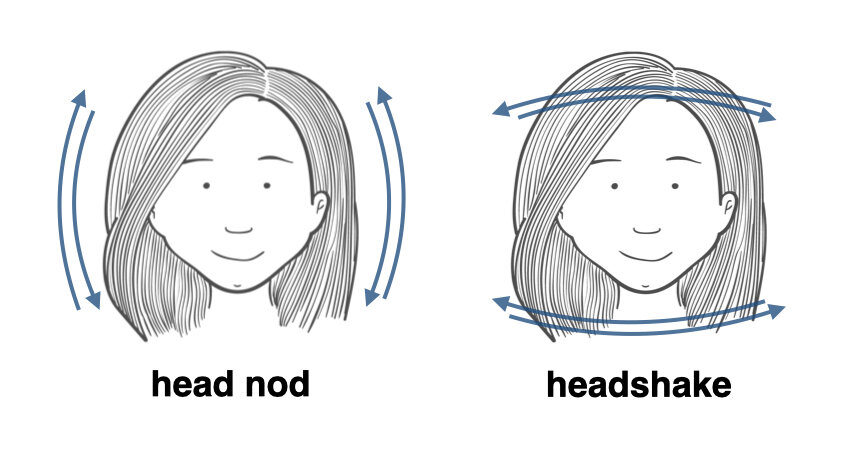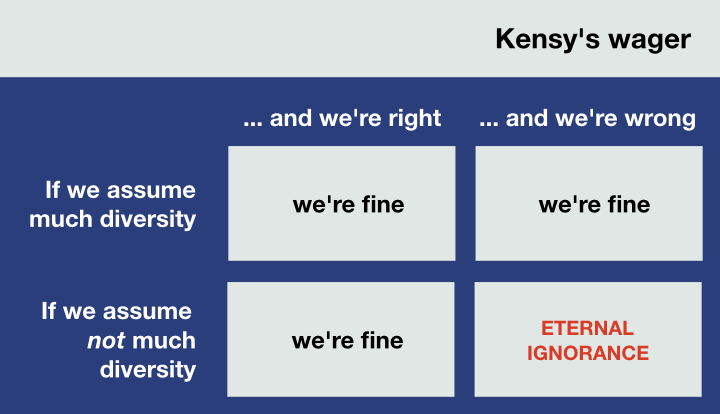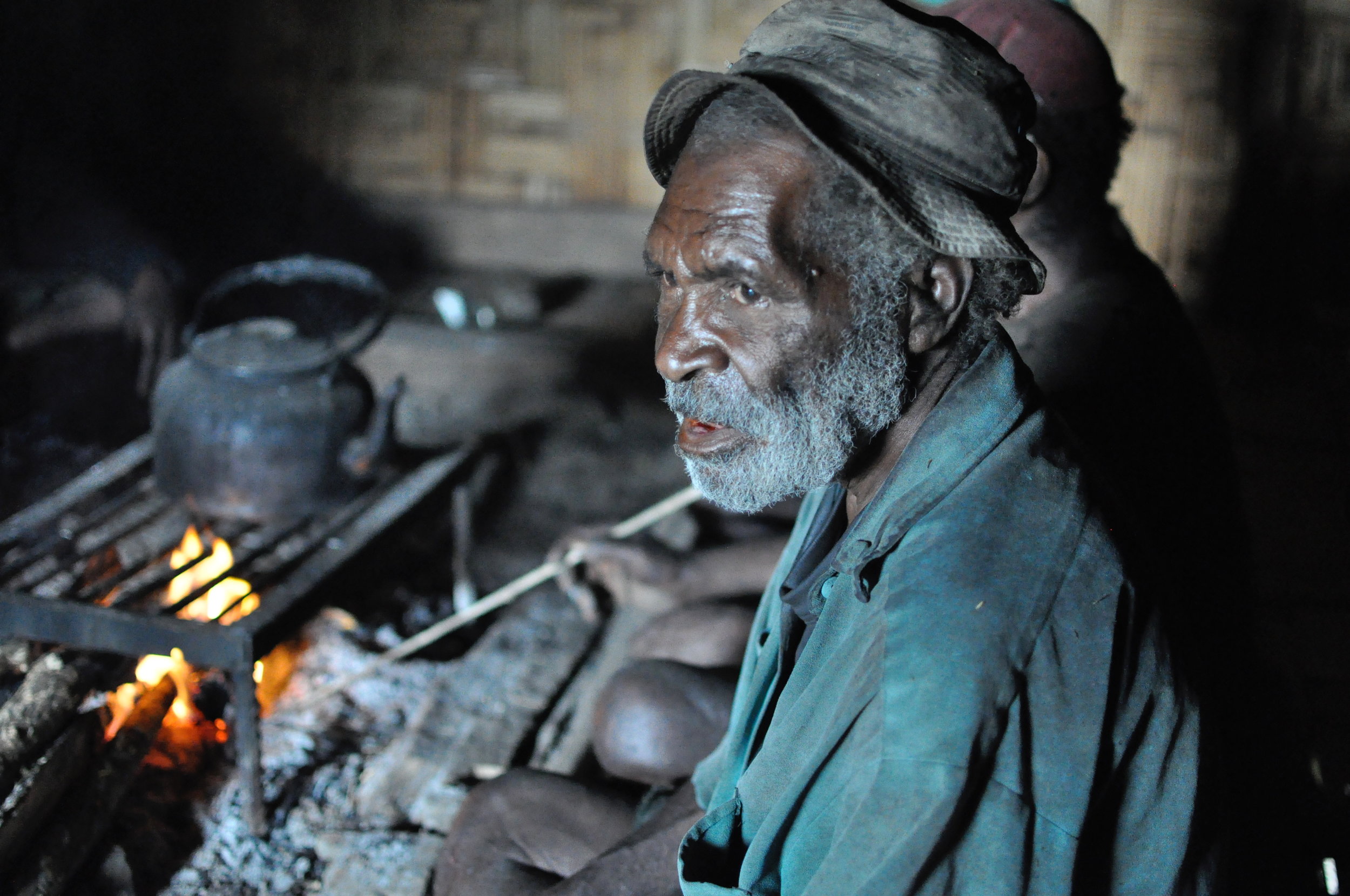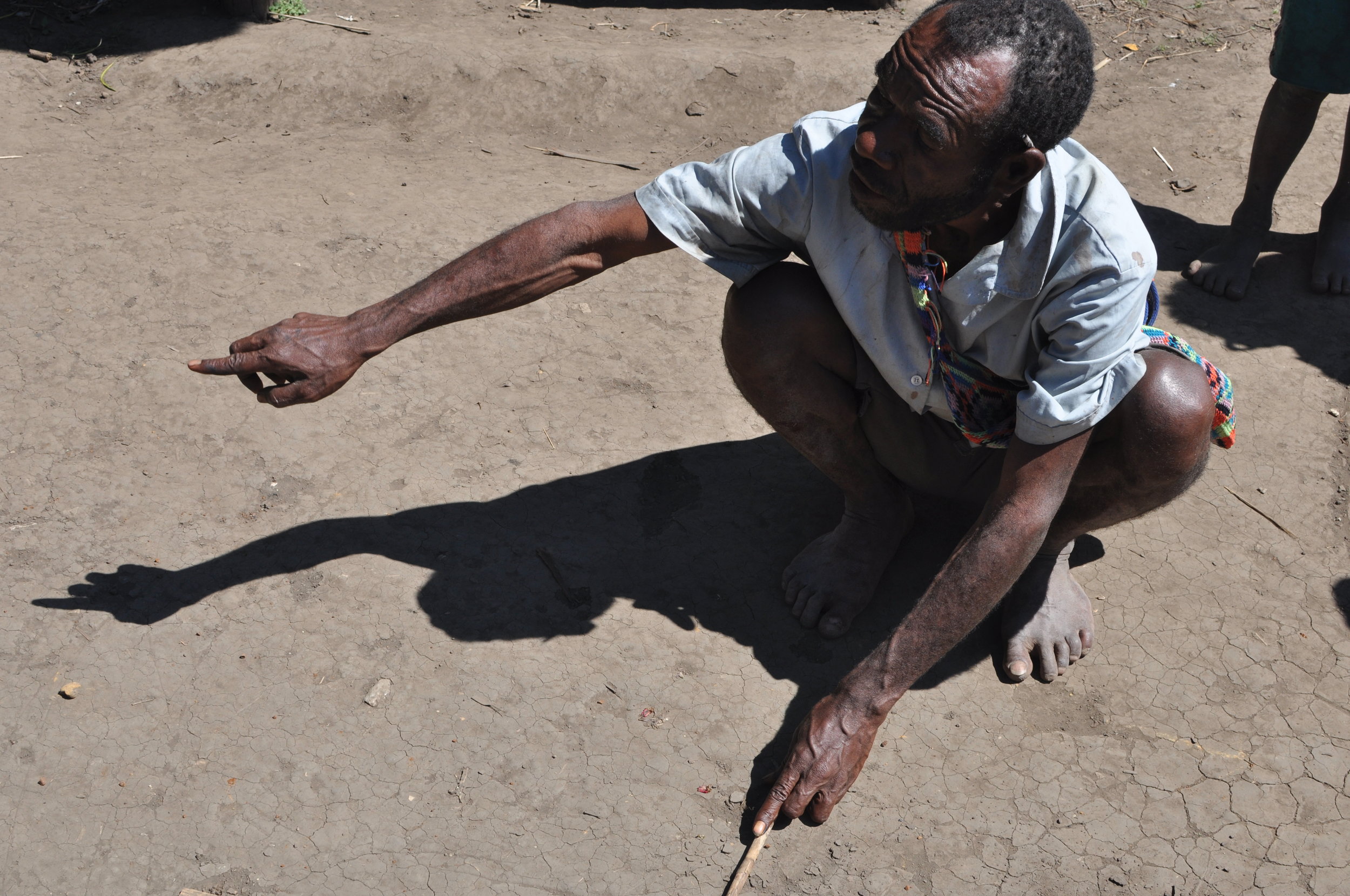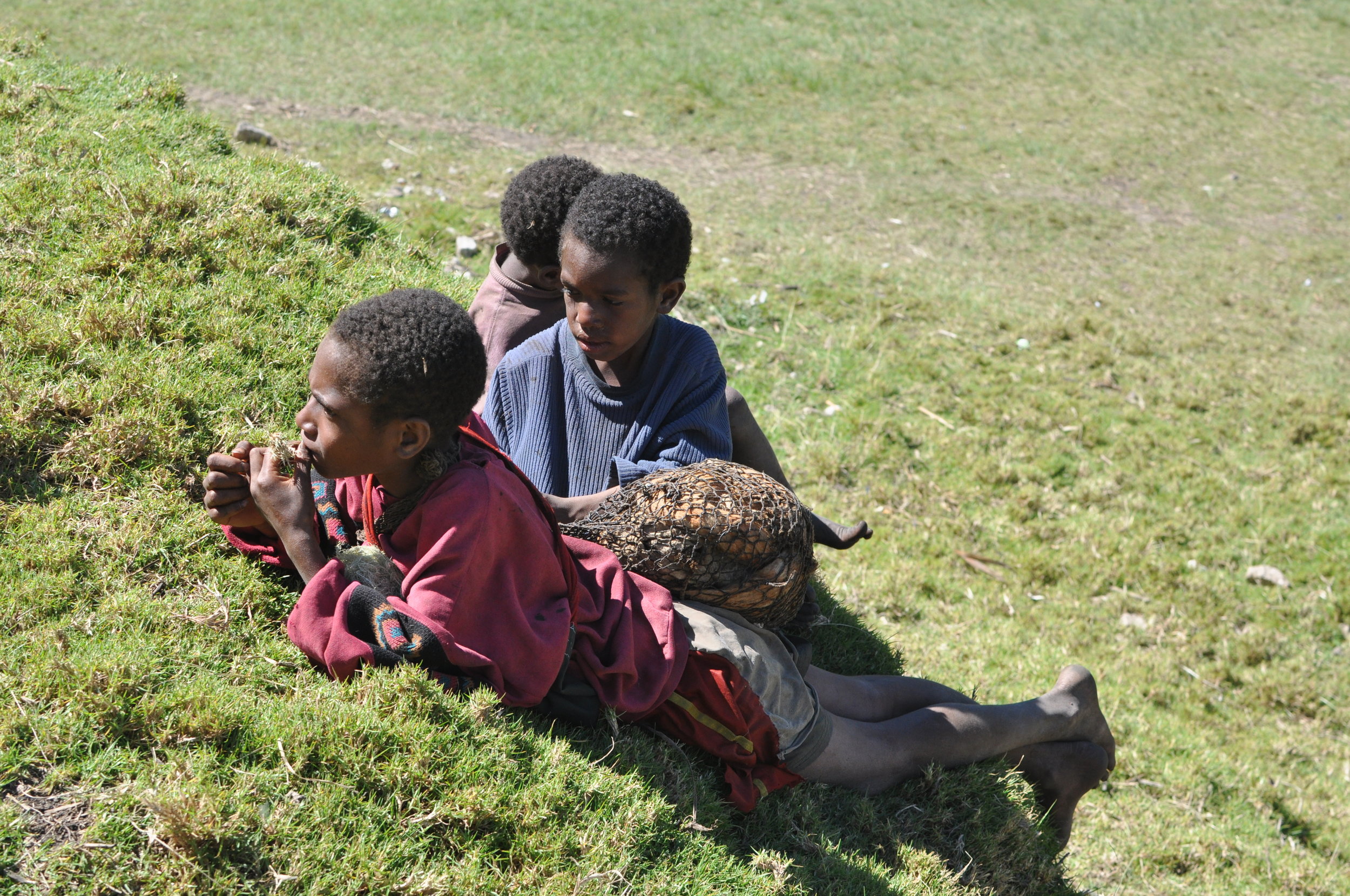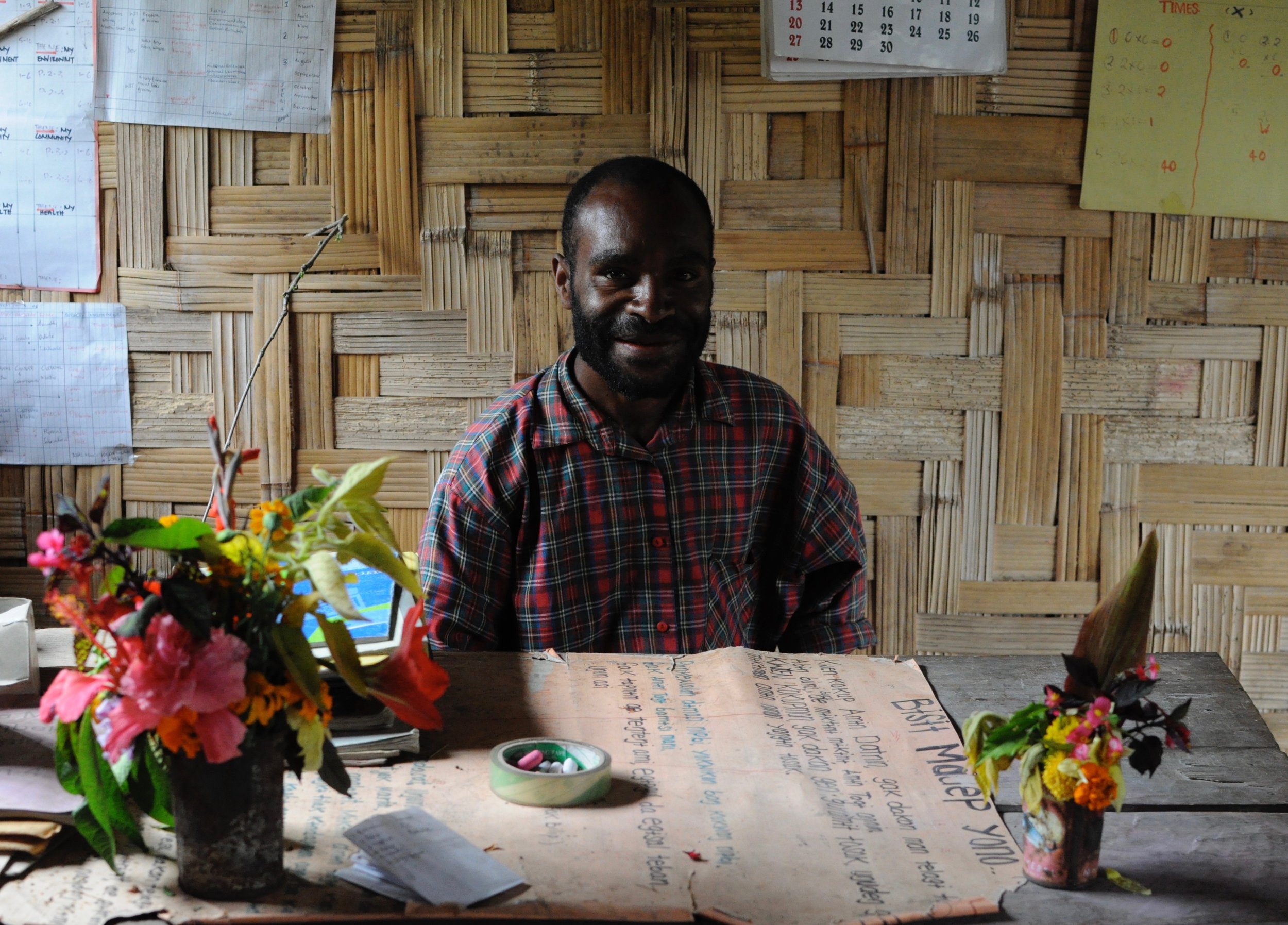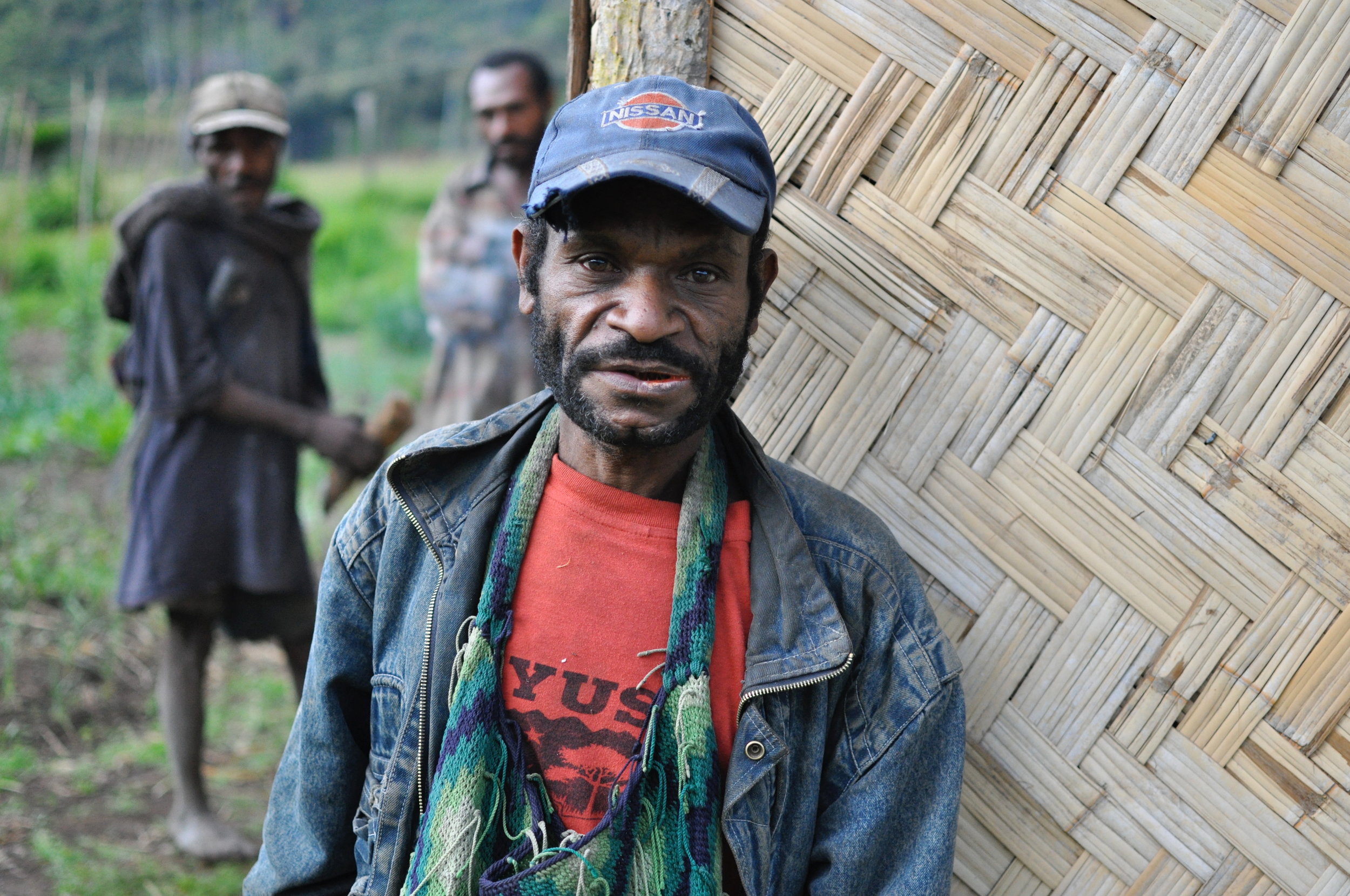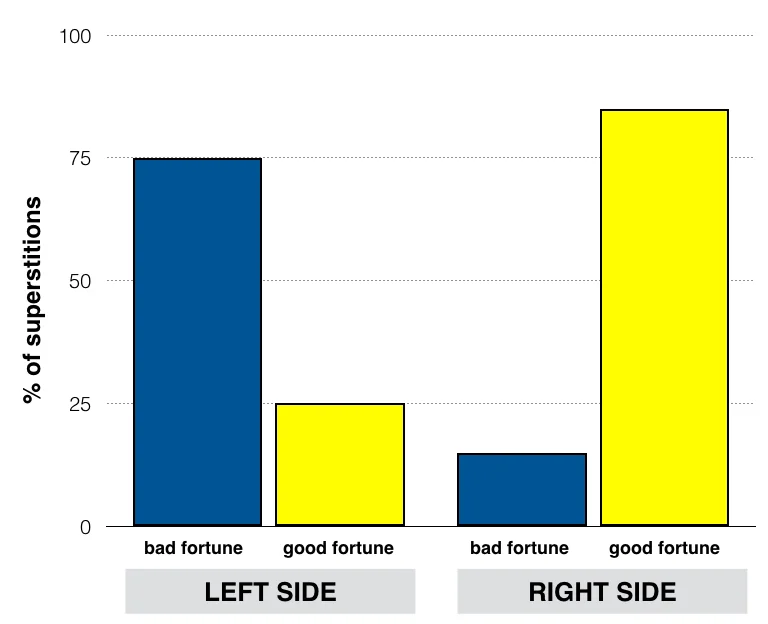What type of thinker was Dostoevsky? What about Darwin? Some have classified intellectual personality in terms of animals—ants, spiders, foxes, frogs, and more.
Read MoreSome writers have proposed intellectual personality types based on animals. Illustration from the Kalīla wa-Dimna, a book of fables, produced in Egypt between 1500-1699. Image via the Library of Congress (link).



